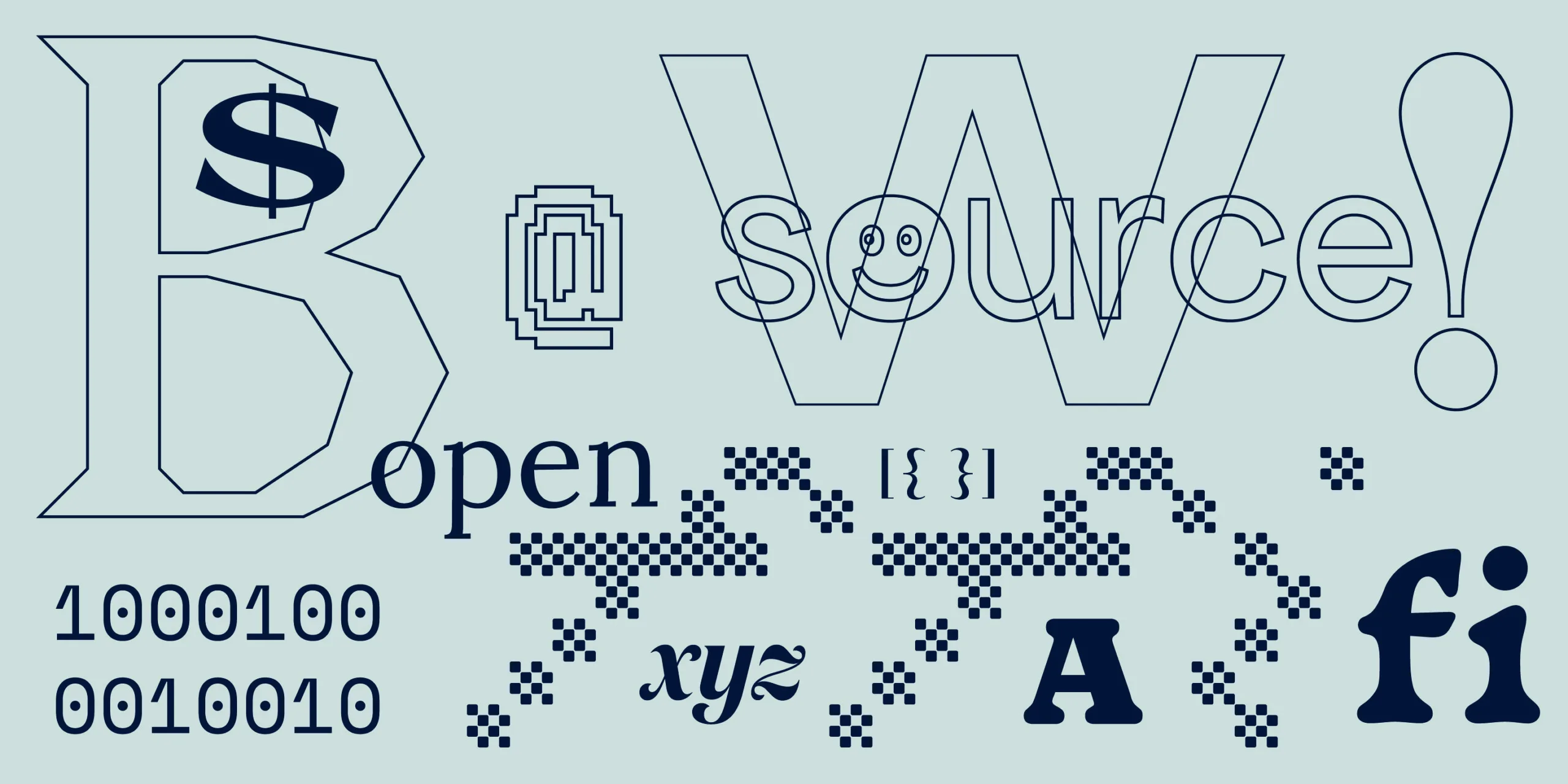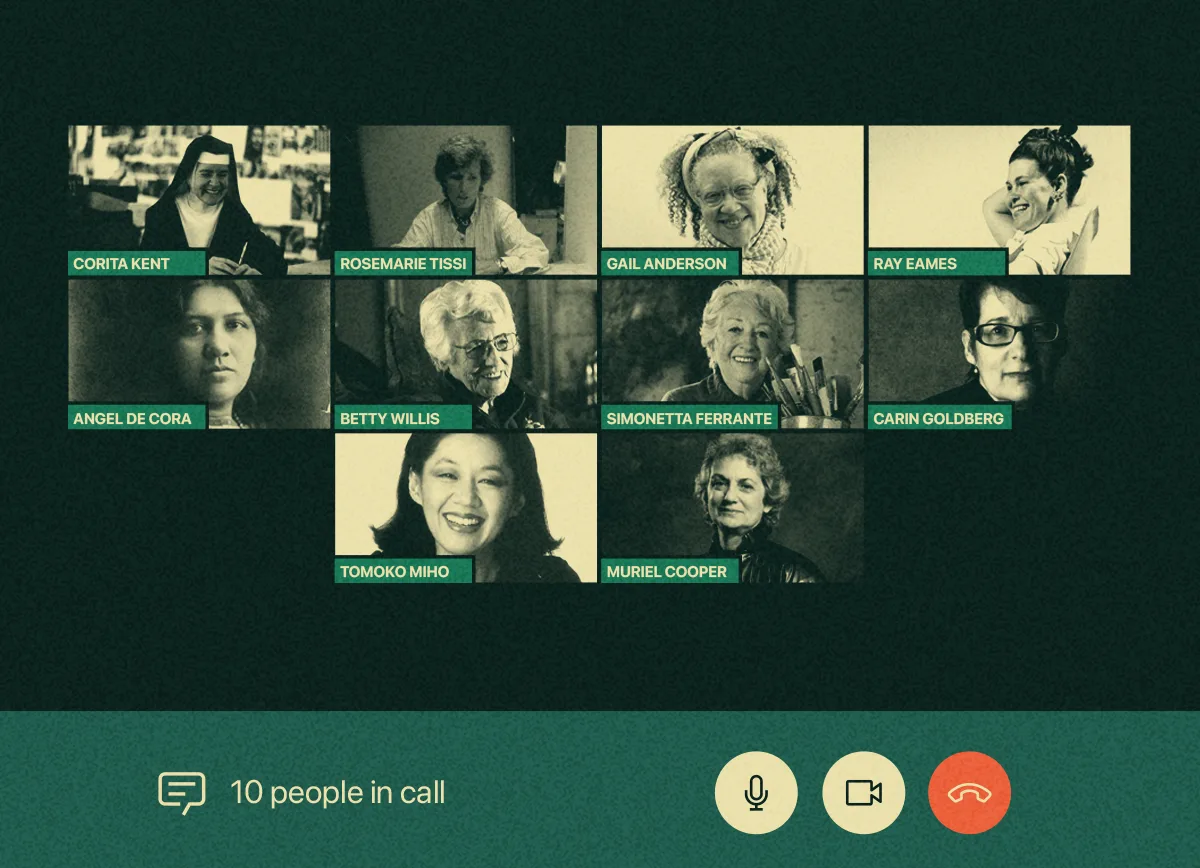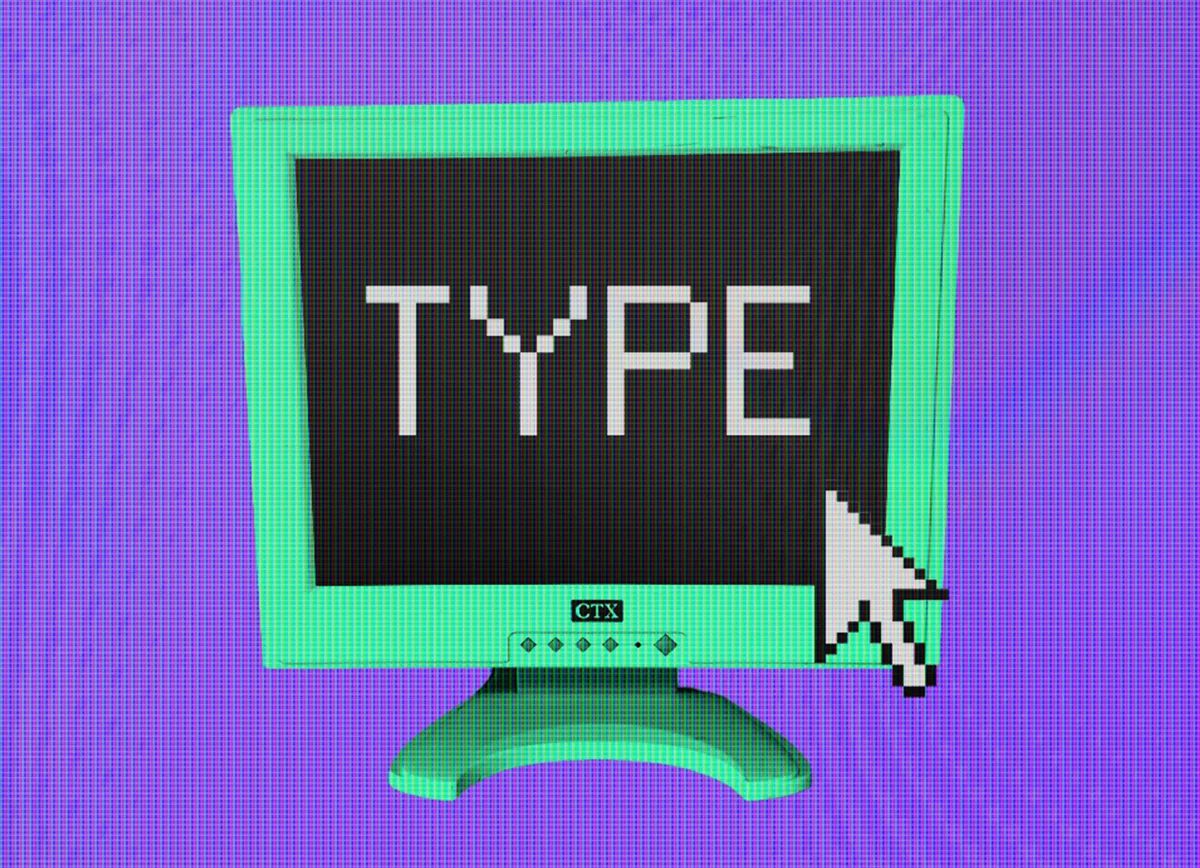Fonts are everywhere, they play a fundamental role in communication and are the main pillar of graphic design. From screens to papers, digital to physical, everything is written (or almost everything) therefore fonts are part of our daily lives. Fonts can significantly impact how content is perceived, and choosing the right one is not an easy chore. While looking for the perfect font you’ve surely encountered the term “Open Source Fonts”. What does it mean? Can I use it? Is it licensed? Hold your horses amigo, we have all the answers you are looking for.
First of all, what is a font license?
As a graphic designer (or individuals) it’s crucial to understand the complex world of font licensing. Fonts operate similarly to computer programs: Both are protected by patents or licenses. Simply having a font installed on your system doesn’t automatically make it yours, and no, it doesn’t mean you can use it whenever and wherever you want. This is where knowing about font licensing comes in handy. This will help you avoid some headaches and maybe some lawsuits.
Navigating the licensing world can be puzzling. When it comes to typography, licensing is all about the rules set by a type foundry regarding how you can use and share their fonts. Getting a license means agreeing to play by these rules.
Each font comes with its own set of do’s and don’ts outlined in a license document. Whether you buy fonts or snag them for free, it’s important to have a copy of the license for each one you’ve got. By using a font, you’re saying, “Yep, I’m cool with these terms!”
All of these applies to open source fonts too.
What does Open-Source mean?
Open-source fonts are typefaces accompanied by an open source license, granting everyone the freedom to use, modify, and distribute them without constraints. This empowers designers to tailor and adjust these fonts to meet their specific requirements without the burden of legal limitations or licensing expenses.
The SIL open font license (OFL) is probably as liberal as you can find. As written at the OFL website:
- You can use them in books, posters, artwork, logos, and on websites, even make 3D objects with the outlines—no acknowledgment is required
- You can bundle them in apps or software subject to certain conditions
- You can modify them freely and redistribute, but according to the website: If you then redistribute that font to others you must include the original copyright statements, any Reserved Font Name (RFN) declarations, and the OFL license text. If there are RFNs you may also need to change the internal font names.
Why use Open Source Fonts?
- Cost-Effective
- Customizable
- Community Collaboration
- Legal compliance
There are great open-source alternatives out there, make sure to check our ever growing list of open-source type foundries.
The best aspect about Open Source Fonts is that they make top-notch typefaces available to everyone, to all the amigos out there, regardless of their budget. Plus, they’re all about bringing the creative community together in a big, collaborative loop!
Hope this was useful amigos, you might also be interested in the following articles related to typography:
Design Glossary: Typeface or font?
Free Top Notch fonts to start off 2024
See you soon,



